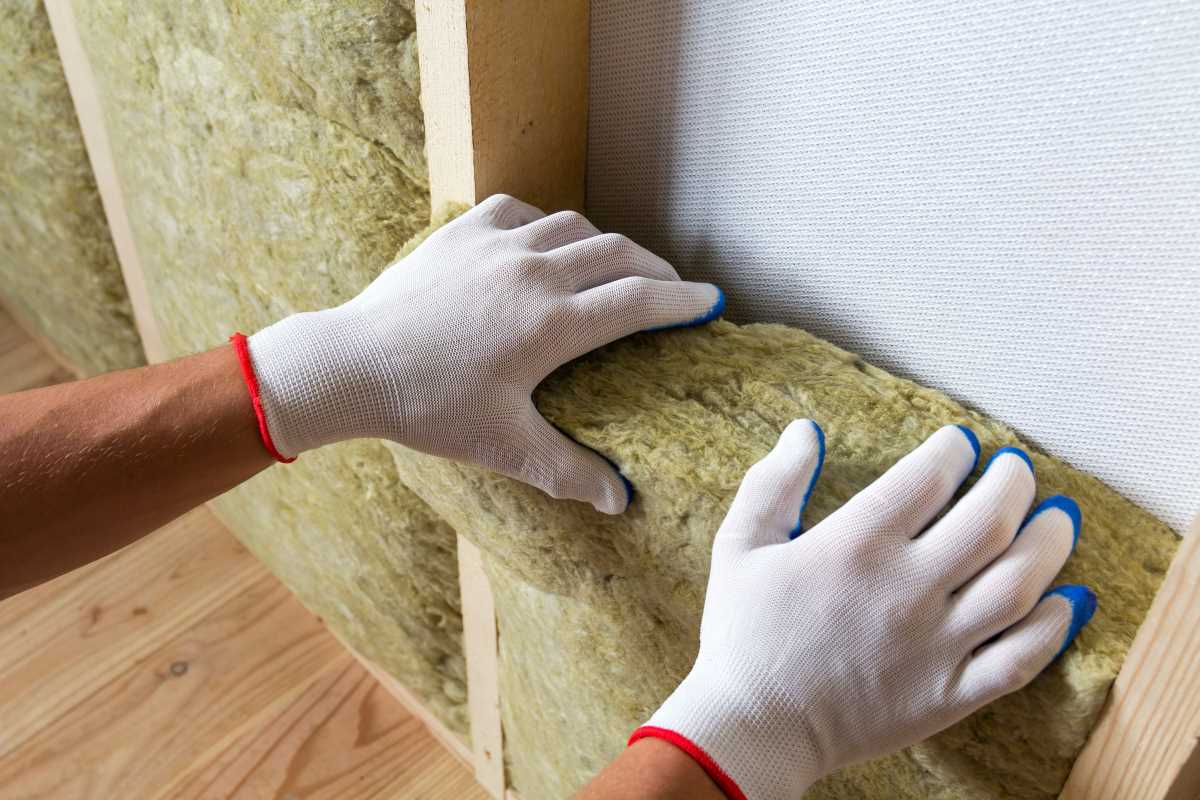A well-insulated home can make a significant impact on energy efficiency and comfort. Whether you're looking to keep cool during the summer or stay warm in the winter, ensuring your home is properly insulated is essential. Here are some key steps to follow to guarantee your home is adequately insulated.
Start by evaluating your current insulation levels. Check the insulation in your attic, walls, floors, and basement to determine if there are any gaps or areas that need improvement. Keep in mind that insulation levels can vary depending on the region you live in, so it's essential to know the recommended R-values for your area.
Next, seal any air leaks in your home. Air sealing is just as crucial as insulation when it comes to maintaining a comfortable indoor environment. Look for gaps around windows and doors, as well as in the attic and basement. Use caulk or weatherstripping to seal these leaks and prevent heat loss or gain.
Consider adding insulation to key areas of your home. If your attic is under-insulated, adding more insulation can significantly reduce your energy bills. Additionally, insulating your walls, floors, and basement can further improve the energy efficiency of your home.
Don't forget about ventilation. Proper ventilation is critical in maintaining indoor air quality and preventing moisture buildup, which can lead to mold and mildew growth. Make sure your attic and crawl spaces are adequately ventilated to ensure proper air circulation throughout your home.
Lastly, consider hiring a professional to assess your home's insulation needs. An experienced contractor can provide valuable insights and recommendations to help you optimize your home's energy efficiency and comfort levels. By taking these key steps, you can ensure that your home is properly insulated and ready to handle whatever the weather brings.
 (Image via
(Image via





